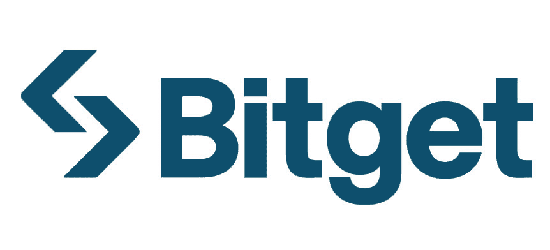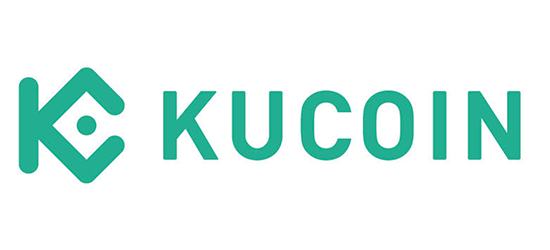
Arbitrum: How the L2 network is changing the DeFi game with an ARB listing
Arbitrum is a new Level 2 network platform that is already starting to turn the DeFi world upside down. With the ability to process transactions faster and cheaper, Arbitrum is already attracting the attention of many investors and users
The Ethereum network has become a popular place to build decentralized applications (dApps). The unique ecosystem quickly gained a huge number of users, causing Ethereum to face the problem of high loads and gas fees. Lately, the Ethereum core developers have been actively solving the scalability problem through constant updates. And while some are looking forward to Ethereum updates, others are migrating to Layer 2 protocols, which do a pretty good job of solving the existing problems of the main network.
What is a Layer 2 network?
A Layer 2 network is any protocol that has been deployed on top of the core network. Layer 2 networks solve some problems of the core network and also extend its capabilities.
There are many Layer 2 networks, starting with Polygon and going all the way up to ImmutableX. But recently, Arbitrum has been on the radar of many crypto-enthusiasts.
What is Arbitrum?
Arbitrum was built by Offchain Labs to launch Ethereum Virtual Machine (EVM) contracts using the strengths of the main network, such as security.
Arbitrum aims to address the shortcomings of Ethereum smart contracts, specifically poor performance and high commission costs, which drive users away.
Arbitrum was built to “offload” computational costs while creating powerful dApps. The network combines several transactions into one, processes them, and forwards the data to the main network.
Interestingly, Arbitrum uses an “optimistic rollups” mechanism. In other words, each validator can create a block and validate previous ones. Arbitrum code will run correctly as long as validators work the way it was originally designed. The point is to resist any possible attacks on the network. Therefore, validators who decide to cheat the network in any way will not be rewarded for their activity.
Arbitrum validators fall into two groups, those who monitor the overall network status and those who help execute transactions. The latter are rewarded for their activity with ETH. Validators who monitor the status of the network receive their reward from the executed transactions.
The unique nature of Arbitrum
Most Layer 2 networks, including Arbitrum, are trying to solve Ethereum's core problem. But what makes Arbitrum unique? And why has it attracted so many projects and users to its ecosystem?
Low Gas Fee
Because of its technology, Arbitrum can keep fees as low as possible on the network while remaining an engaging solution for validators.
Low entry level for developers
Arbitrum has made sure to provide its developers with as many tools as possible by removing the need to download additional plugins.
Current projects
The rapid growth of network users this year has been driven by the introduction of exciting projects in the Arbitrum ecosystem. These include Radiant Capital, Camelot, Buffer Finance, GMX, and others.
Arbitrum vs. Optimism
Some of you may say, “All of the above also applies to Optimism, another Level 2 network.” And you're right. Optimism also builds on top of the main network and uses the same transaction processing technology and “optimistic rollups”.
How do these networks differ? Is there a lot of competition? And who is being favored?
The main difference lies in the transaction processing approach. While Arbitrum uses multiple proof stages within its network, Optimism only needs to conduct one proof in Ethereum. However, this type of proving has recently been called into question due to the finding of a vulnerability that disabled the ability to prove transactions on the main network.
Arbitrum upgraded the network last summer, which helped increase the speed of transactions by seven times and cut the cost in half. Meanwhile, Optimism is still working on something similar.
Another difference is the programming language. Optimism uses only Solidity, while Arbitrum supports other languages such as Flint.
The last difference lies in the native token. Optimism has a native OP token, whereas Arbitrum does not. However, this statement may soon lose its meaning, as...
Arbitrum launches ARB native token
Arbitrum's development team announced the launch of the ARB token on March 23. And while many experts are reviewing the launch of the new cryptocurrency, the community has a chance to compare ARB with its main competitor OP, the native token of Optimism. According to CoinGecko, OP has a market capitalization of $838 million. There are 314 million OP tokens in circulation, trading at $2.52 at the time of writing. While about 1.275 billion tokens will be in circulation after Thursday's ARB release. The total supply is 10 billion tokens, of which 12.75% will enter the market this week.
Experts are already predicting a jump start for the Arbitrum token. And the total value locked (TVL) metric may serve that purpose. According to DefiLlama, Arbiturm currently ranks fourth in TVL at about $1.77 billion, behind Ethereum, Tron, and BSC. Meanwhile, TVL Optimism is $982.4 million. By doing some simple math, experts have concluded that ARB value could range between 64 cents and $2 when it launches this week.
ARB listing
About 600,000 addresses that have had time to switch to Arbitrum One before Feb. 6, 2023, are eligible for a free ARB token airdrop. However, ARB will be available for purchase on several exchanges.
Today The Arbitrum Foundation is extremely excited to announce the launch of DAO governance for the Arbitrum One and Arbitrum Nova networks, alongside the launch of $ARB. https://t.co/TB3wG0QK0v
— Arbitrum (💙,🧡) (@arbitrum) March 16, 2023
Poloniex, the oldest exchange, will open trading of ARB\USDT on token launch day, March 23. Popular exchange Binance will list the token and open trading on March 23 at 17:00 UTC, with withdrawals available the next day. KuCoin will open ARB deposit opportunities on the day the token is launched, but trading will begin when the token passes the exchange's liquidity test. Huobi, MEXC, Gate.io, and OKX will also list the token.
Conclusion
Arbitrum is deservedly getting a lot of attention from the cryptocurrency community. Technical features, problem-solving of the main network, and low costs are all and more that make the network unique. And the upcoming ARB token listing could help the network break away from its main competitor.























